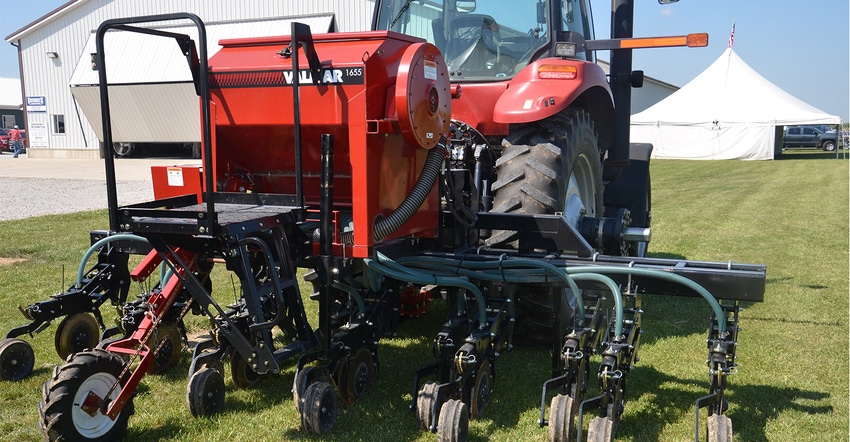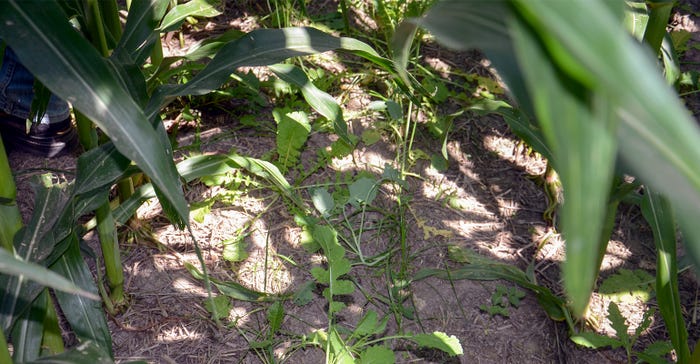
Is interseeding cover crops a fad, or is it here to stay? Those who have tried it, especially in the northern half of the Corn Belt, believe it has the potential to become a routine practice. However, several questions must be answered before that happens.
Alan Dean, of Dean Farms, Bryan, Ohio, believes interseeding has a fit. He and his family sell cover crop seed and custom apply seed into standing crops late in the season all the way from Topeka, Ind., to near Toledo, Ohio.
“Cover crops are the future of farming,” Dean says. “The whole point is to build soil health. We’ve been no-tilling and using cover crops, and we’ve built our soil organic matter by about 1% in 10 years. We need to be able to build it faster in the future.”
Interseeding into smaller corn and allowing certain cover crops more time to grow might be one way to do it, Dean says.
Old technology?
Interseeding isn’t new technology, Dean says. There are records indicating a professor at the University of Tennessee interseeded in the early 1900s. International Harvester and other companies made one-row drill seeders that had a crude fender to deflect corn leaves out front. These seeders were pulled by horses and were used in eastern Indiana as long as farmers used horses. The idea was to get a second crop started while the first one was still in the field.
 GOOD GROWTH: These cover crops, interseeded in June, appear to have good growth a few weeks before harvest. Time will tell how well they perform going into next year.
GOOD GROWTH: These cover crops, interseeded in June, appear to have good growth a few weeks before harvest. Time will tell how well they perform going into next year.

The rig exhibited at the Remke Farms field day, sponsored by the Allen County Soil and Water Conservation District and held near Harlan, Ind., is a prototype machine that the district hopes to run for the second year in a row. The idea is to get people to try the practice.
To make it practical, someone would need to put together a much wider rig that could cover more acres, notes Mike Werling, a conservation farmer from Decatur, Ind. “I would really like to see a rig where I could interseed cover crops into corn when I applied anhydrous ammonia,” he says. “That would cut down on a trip, and the timing should be about right.”
Maintain yield
Dan Towery of Ag Conservation Solutions notes that one thing they looked at in plots last year was whether or not growing cover crops in between corn rows decreased corn yield. “We didn’t see any decreases in yield at all,” he says.
Plots are out again this year, and the plan is to carry them to harvest and compare corn yields for interseeded plots vs. the same hybrid without interseeding, Werling observes. If the practice continues to prove out, then one of the next challenges will be finding someone to build a machine that can cover more acres at once.
About the Author(s)
You May Also Like




